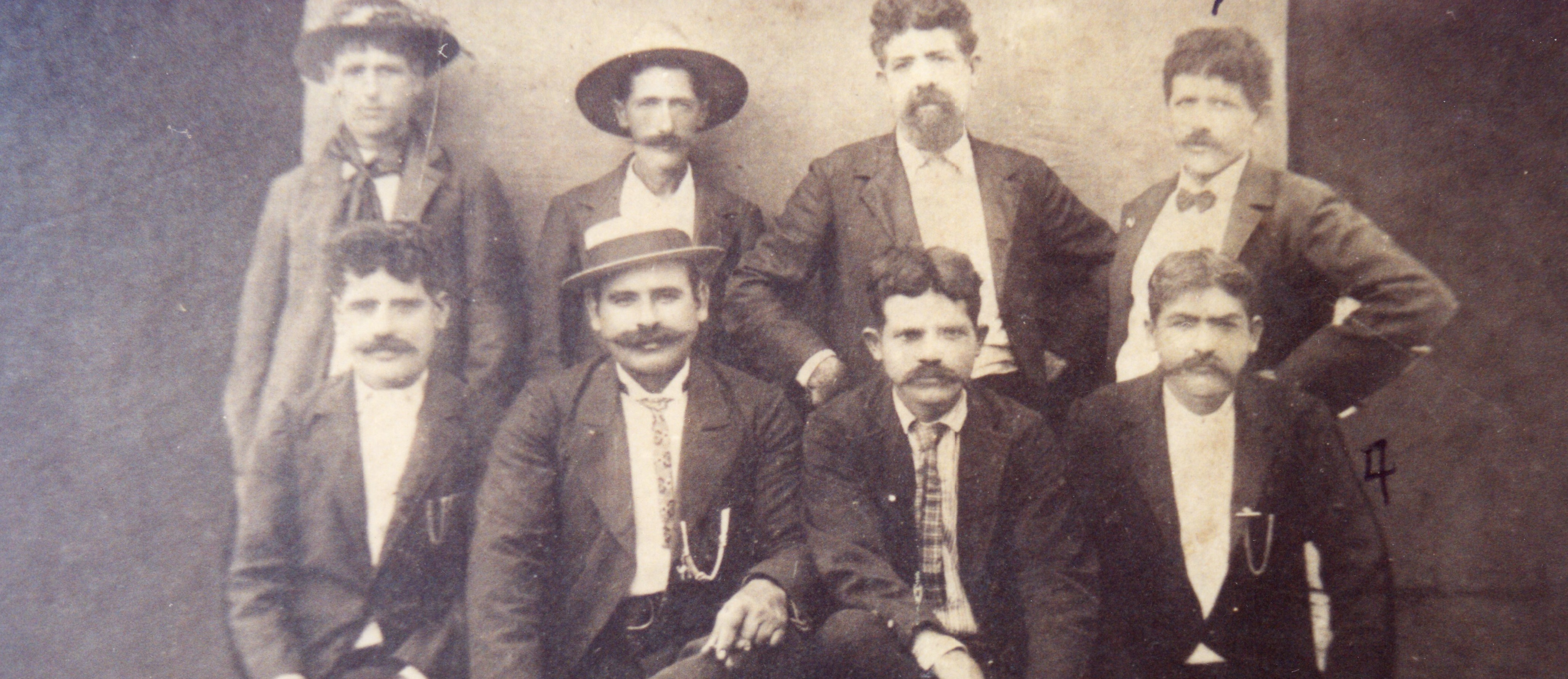Very few foreigners had made their way to the Hawaiian Islands by the early 1800s. by the 1830s, they appeared with more frequency. Records are few and far between. We do know that natives of Cape Verde made it to Hawaii long before the sugar plantation era. Let’s learn a little about them.
Where is Cape Verde?
It is located in the central Atlantic Ocean off the coast of Africa. Mauritania and Senegal are the closest countries to this island group.
The Portuguese Connection
Portuguese settlers came to Cape Verde in 1462. That’s about the time they were settling the Azores and Madeira.
They named their first settlement Ribeira Grande. It has the distinction of being the first European settlement in this island group.
Cape Verde was known for its vibrant ports. It was also played a part in the slave trade.
Over the centuries the Portuguese, Africans, Italians, and others blended to make the beautiful Cape Verdeans or Cabo Verdeans as they are called in Portuguese.
This is important because when the Cape Verdeans settled in the Kingdom of Hawaii they were seen as Portuguese. And, ethnicity played a huge part in everything in the Kingdom of Hawaii.
In my article “Caucasian but not White“, you can see how important these designations were in Hawaii during the sugar plantation era up until the 1950s
Whaling Brought Cape Verdeans to the Hawaiian Islands
The American whaling industry began in the Pacific island region about 1819. By the early 1820s, Hawaii was the main supply port for ships making their way through those waters.
After 1830, ships with non-American crews could be found in the region. The Cape Verdeans were among those early whalers and sailors who made port at Hawaii and didn’t want to leave.
According to an article in the Honolulu Star Bulletin, 70% of whalers were Black. Cape Verdeans made up a portion of that 70%.
Brava, Cape Verde was a major shipping port and became a prime location to find crew members. It’s only natural that many of those sailors would end up making the Hawaiian Islands their home.
At some point, these sailors wished to escape the harsh realities of life at sea. Some left their ships free and clear while others jumped ship and swam to shore. They began new lives among their Hawaiian neighbors.
Some Cape Verdeans were brought to Hawaii by established relatives. I could be wrong, but there doesn’t seem to be an organized plantation contract laborer movement from these islands.

How Many Cape Verdeans were in Hawaii?
In 1872, the Hawaiian census shows 395 people of Portuguese descent living in Hawaii. No breakdown is given by birth country, so we have no way of knowing how many were from Cape Verde.
In 1878, 120 Cape Verdeans were counted by the Portuguese Consul of Hawaii.
According to the South Coast Today article, “Cape Verdean Connection Found in Hawaii“, as many as 8,000 Cape Verdeans lived in the Territory of Hawaii by the 1940s.
The Founding of the Santo Antonio Society
These former whalers built homes, ranches, and farms. They married Hawaiian women and raised families. They worked as laborers in the fields, masons, attorneys, bookkeepers, and so forth.. They owned businesses. They succeeded.
The largest contribution to the Portuguese community that Cape Verdeans made may be the formation of the Sociedade de Santo Antonio or the Santo Antonio Society). The society was set up to help the Portuguese residents of Hawaii who fell on hard times.
Cape Verdeans were among the founders and charter members of the society. The vice president was Ricardo Antonio Xavier, a native of Sao Nicolau, Cape Verde. The other Cape Verdeans included:
- Antonio Joaquim Lopes of Boa Vista
- Joao Vicente Gomes of Brava
- Antonio Ramos of Sao Nicolau
- Jose Mendes
- Aurelio Fortes Ramos (aka Archo Forts)
- Joao Pina
- Manoel Antonio Barreto
Mentions in Portuguese Hawaiian Memories
Flipping through the book “Portuguese Hawaiian Memories” one can find these Cape Verdeans:
Anna Maria Pereira, wife of Manuel Patrocinio Jerves, whose father, Manoel Joaquim Pereira, was a native of Cape Verde on page 136.
Antonio Fernandes Centeio, owner of a general merchandise business, native of Rosario, Brava, Cape Verde on page 178.
Pedro Eustachio Pereira, attorney and notary public, native of Santa Izabel, Boa Vista, Cape Verde on page 89.
Their Contributions Added to Hawaii’s Rich History
While the Cape Verdean contingency in Hawaii may have been smaller than the Azoreans and Madeirans, they were contributors to the success of Hawaii none-the-less.
Their ancestors and those of many others are sure to be counted by their influence and achievements in Hawaii’s early history.
Copyright © 2003-2017 Melody Lassalle
———
Sources:
1. Honolulu Star Bulletin, “Exhibit Asks For Historic Items of African Americans in Isles”, By Leila Fujimori, 18 Sep 2000, (http://starbulletin.com/2000/07/18/news.story.html)
2. J.F. Freitas. “Portuguese Hawaiian Memories: 1930”. Communications Concepts, CA : 1992.
3. “Portuguese Immigrants to Hawaii”. Compiled by Edgar C. Knowlton, Jr. Maui Portuguese Cultural Club : 1993.
4. Edgard C. Knowlton Jr. “Portuguese in Hawaiian Before 1878”. Hawaii Council on Portuguese Heritage : 1995.






